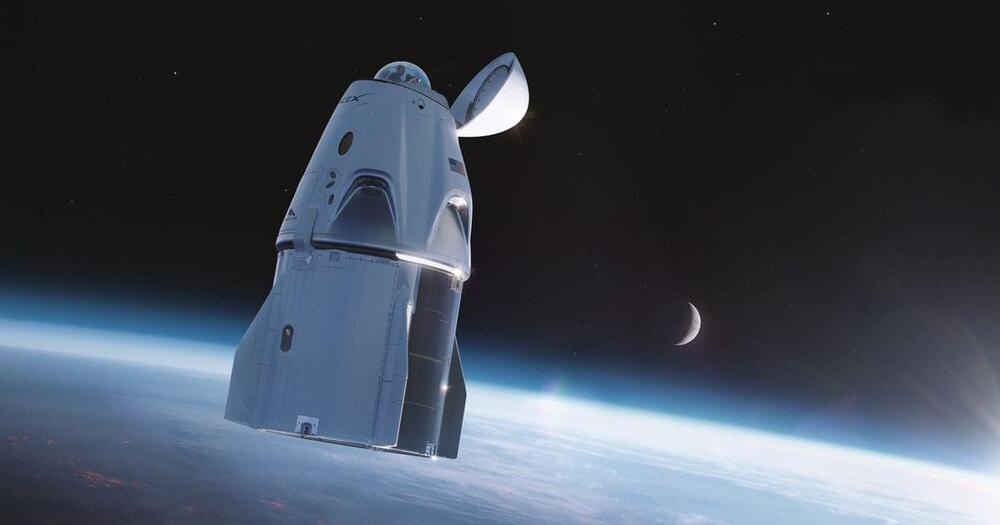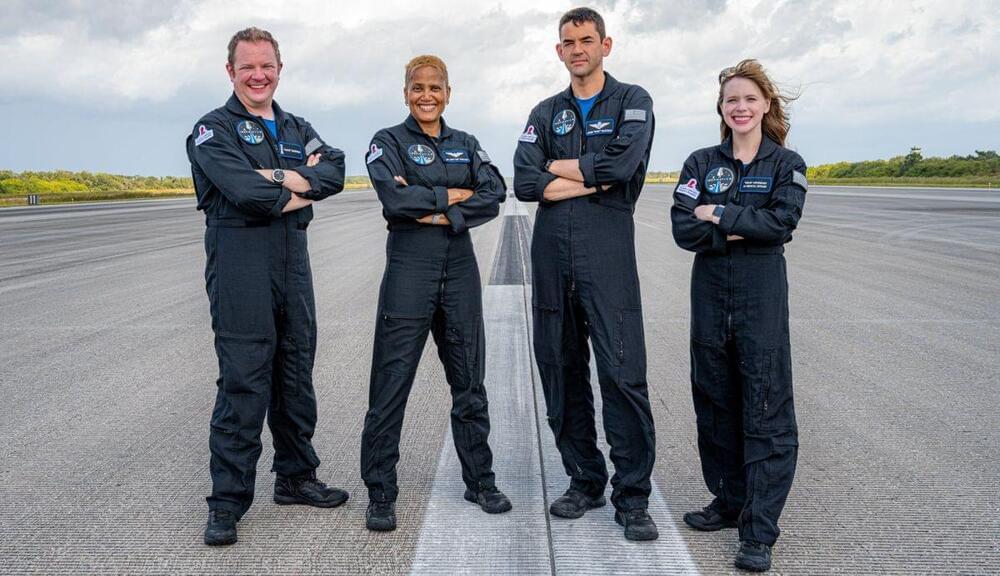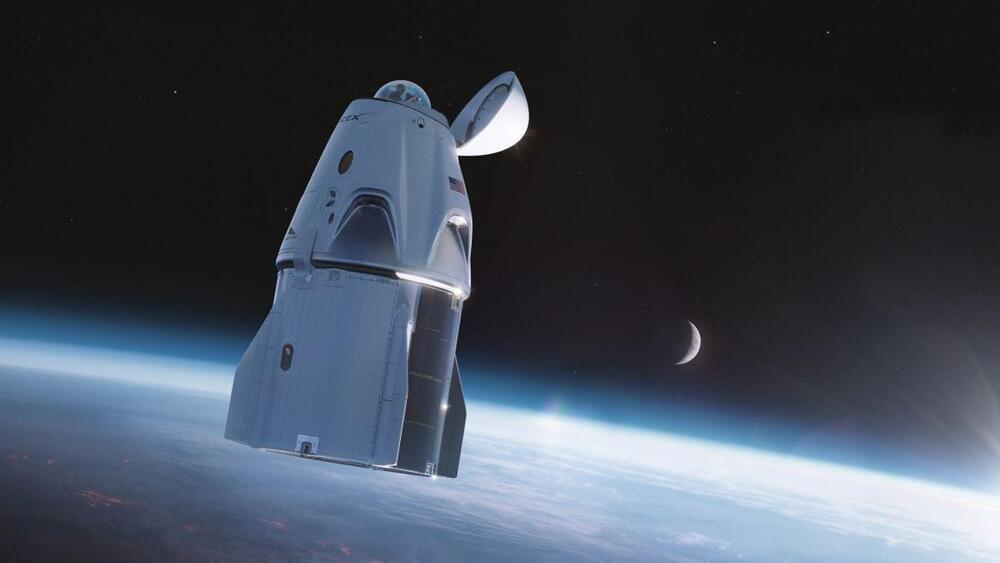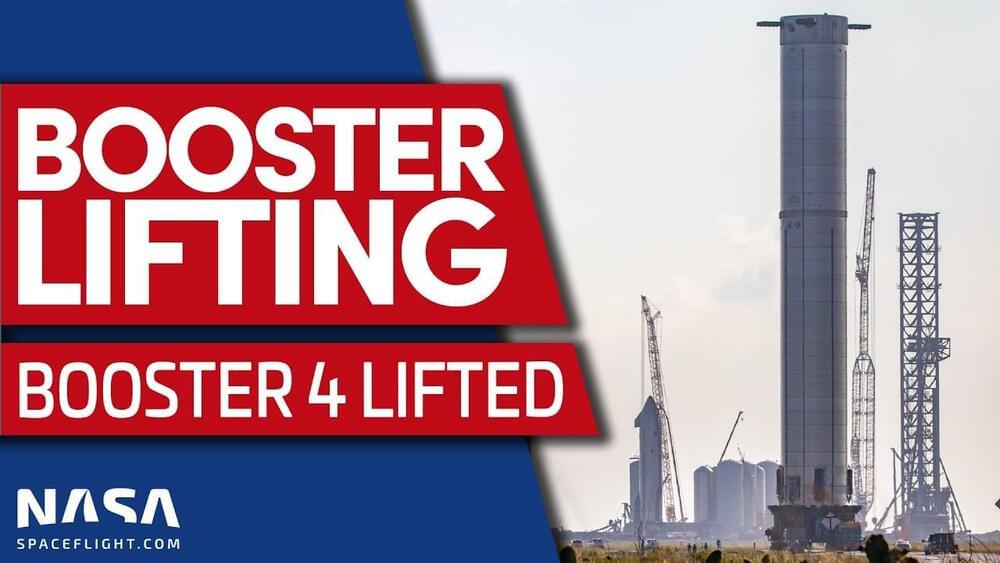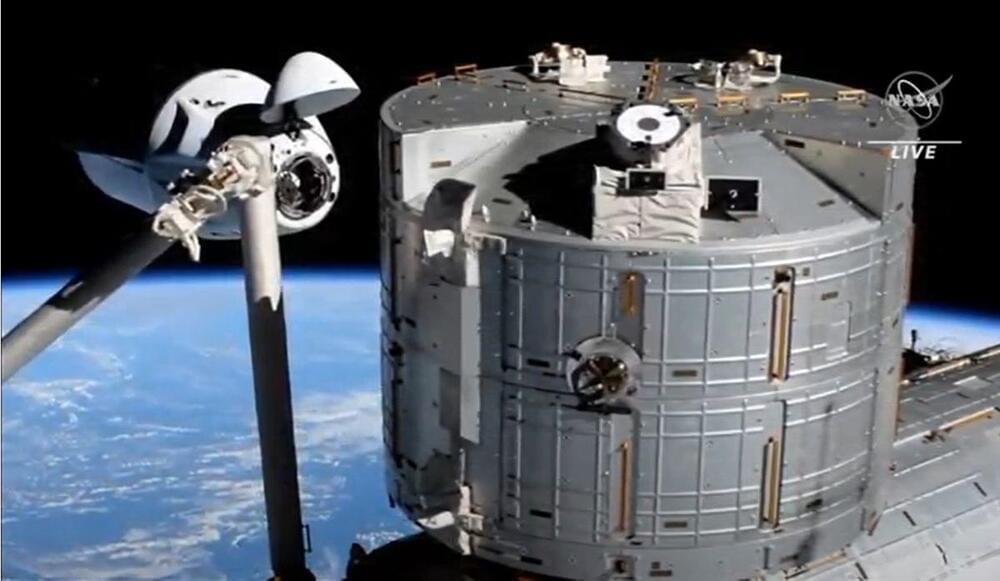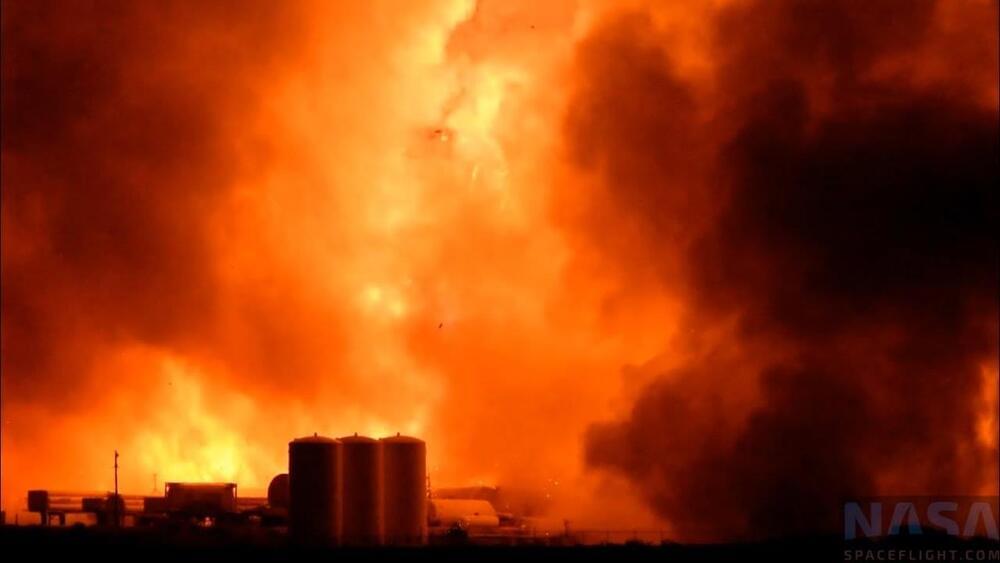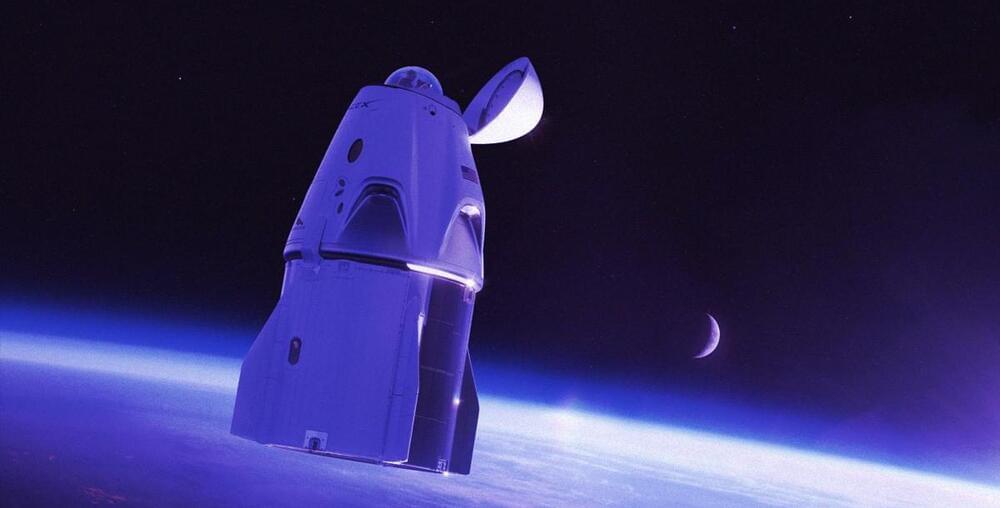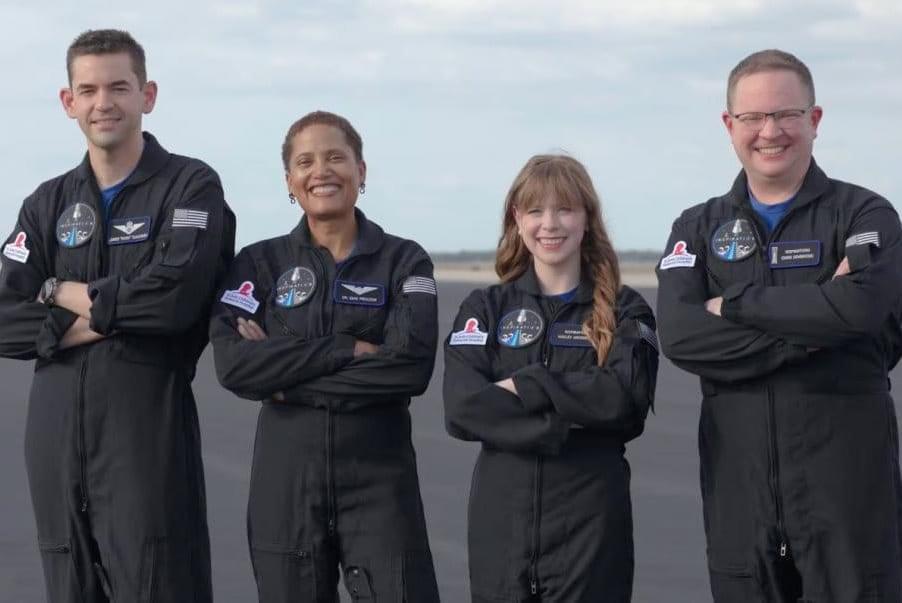Sep 10, 2021
SpaceX Inspiration4 all-civilian mission: How to watch the launch next week
Posted by Genevieve Klien in categories: biotech/medical, space travel
The Crew Dragon orbital mission is doubling as a massive fundraiser for St. Jude Children’s Research Hospital.
